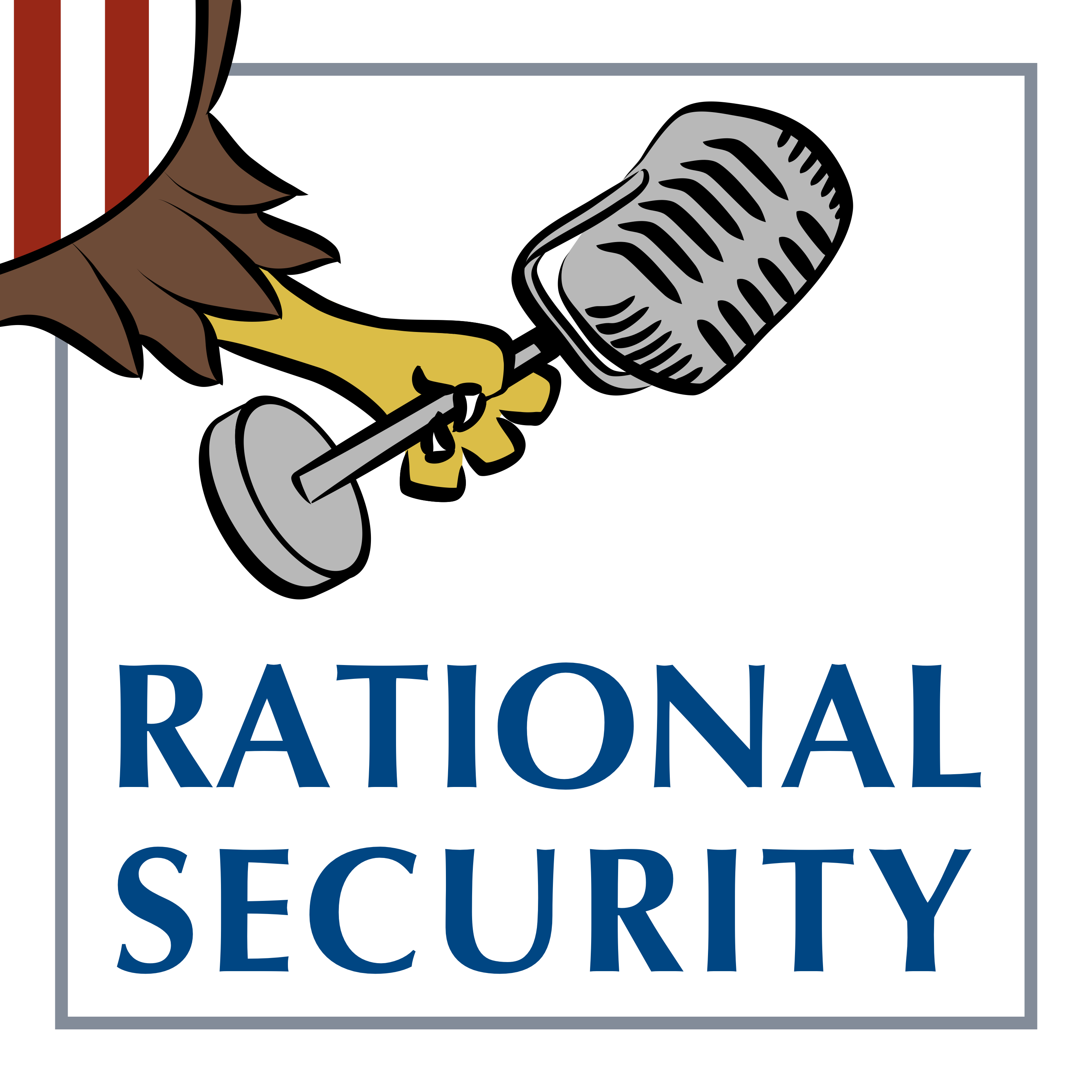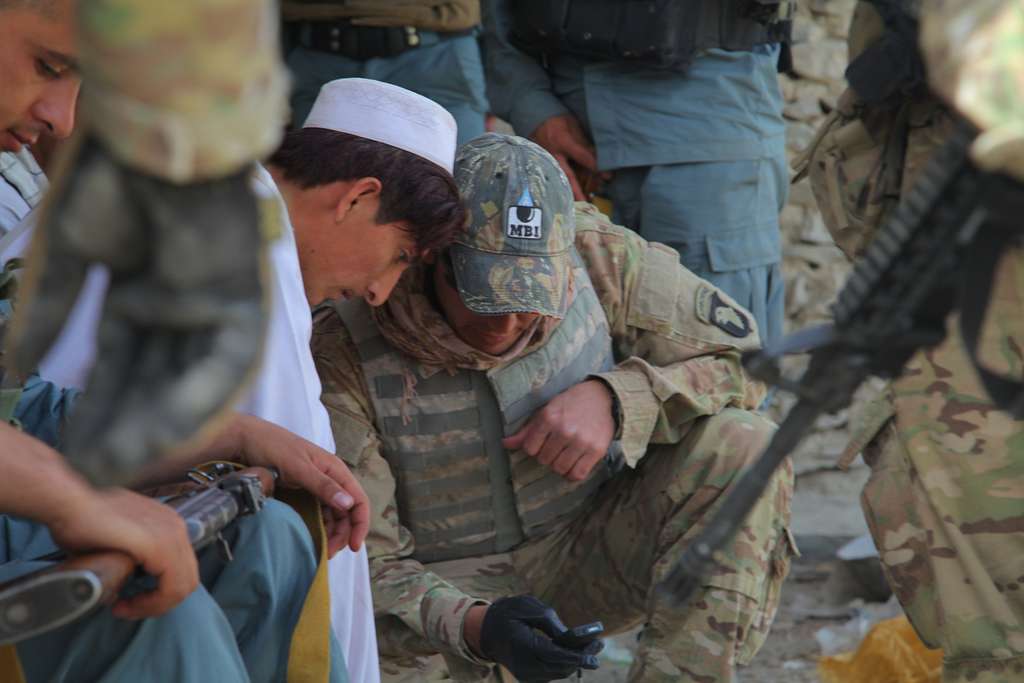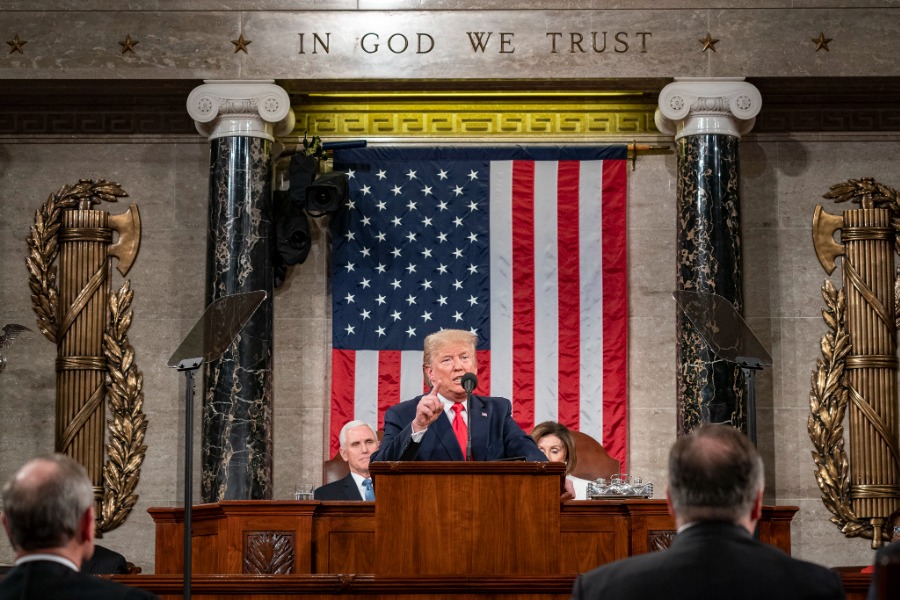How the Attack on USAID Hurts Ukraine
The effect of Trump’s executive order—and Musk’s attempts to dismantle the agency— is already being felt widely in Ukraine.
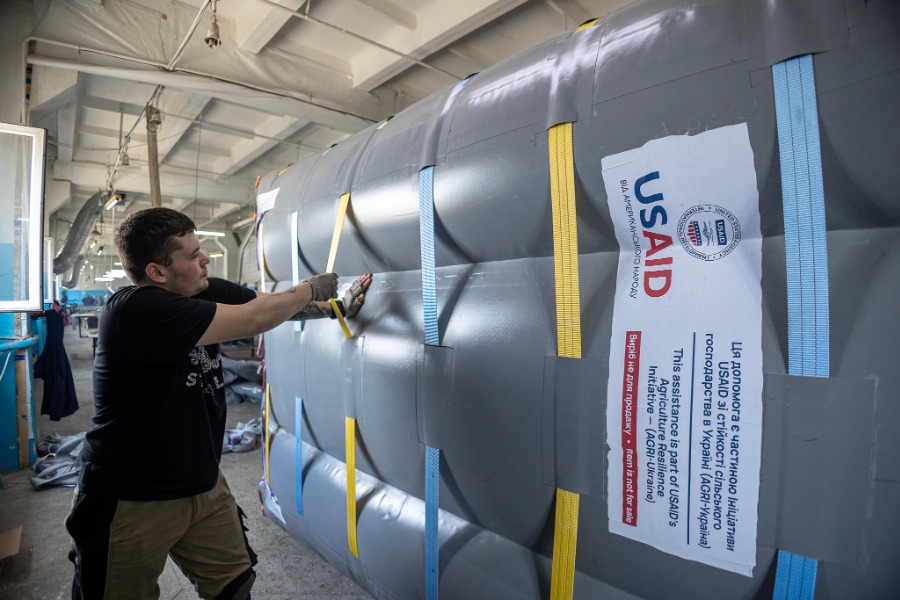
Published by The Lawfare Institute
in Cooperation With

The United States Agency for International Development (USAID) is undergoing a major crisis, and it's unclear if, or in what form, it will survive.
An ocean away from Washington’s drama, the pause in USAID’s work is having disastrous impacts on the world’s most vulnerable populations, including millions of Ukrainians.
You already know what’s happening in Washington. The agency’s websites went down. Its programs are paused. Its staff is on leave. There are lawsuits.
President Donald Trump said the agency was run by “radical lunatics,” while his ally Elon Musk, who is leading the obscure Department of Government Efficiency, called USAID a “criminal organization” that must be shut down. All this followed Trump’s executive order to pause foreign aid, including USAID programs, for 90 days pending a review.
It is hard to overstate the impact in Ukraine.
“You can't even imagine how much all this money that the United States has given to Ukraine through (USAID) has intertwined in our lives… in ways we don't even realize,” says Vladyslav Sodel, a Ukrainian photographer who spent years working with USAID.
Over the decades, the agency has spent billions of dollars on developing the Ukrainian economy, civilian infrastructure, and civil society. As of 2023, Ukraine was the number one recipient of USAID funds in the world.
With the agency’s future in limbo, some USAID-funded projects have already downscaled their operations in Ukraine, and some risk shutting down altogether.
USAID in Ukraine
The agency’s involvement in Ukraine dates back to 1992, when it began helping Ukraine transition to a market economy and democracy after the fall of the Soviet Union.
Since then, the agency has supported Ukraine’s efforts in agriculture, public health, energy security, human rights, economic growth, and other areas. Countless programs have financed everything from repairing water infrastructure, schools, and hospitals, to loans for small businesses, implementation of reforms, and humanitarian assistance near the front line after Russia’s invasion of eastern Ukraine in 2014.
One notable USAID program, The HealthLink Project, significantly ramped up HIV testing across the country and linked patients with targeted HIV care. A Veteran Reintegration program helped transition veterans that defended Ukraine against the Russian invasion in 2014 to civilian life. The Water, Sanitation, and Hygiene program improved sanitation and provided clean water to war-affected civilians in eastern Ukraine.
Since the start of Russia’s full-scale invasion three years ago, Ukraine has received $2.6 billion in humanitarian aid and $5 billion in development assistance. This money has helped rebuild civilian infrastructure damaged by Russian attacks, build more shelters, and provided assistance to injured and internally-displaced civilians, among other things.
Perhaps more importantly, the Ukrainian government has received more than $30 billion in direct budget support from USAID. As Ukraine’s economy shrank and budgets were redirected to the country’s defense, USAID essentially allowed the government to sustain its operations, helping pay state workers salaries and provide state services.
All this impact had come at relatively marginal cost to Americans, with the agency’s total annual budgets being consistently around 0.5 percent of total federal spending.
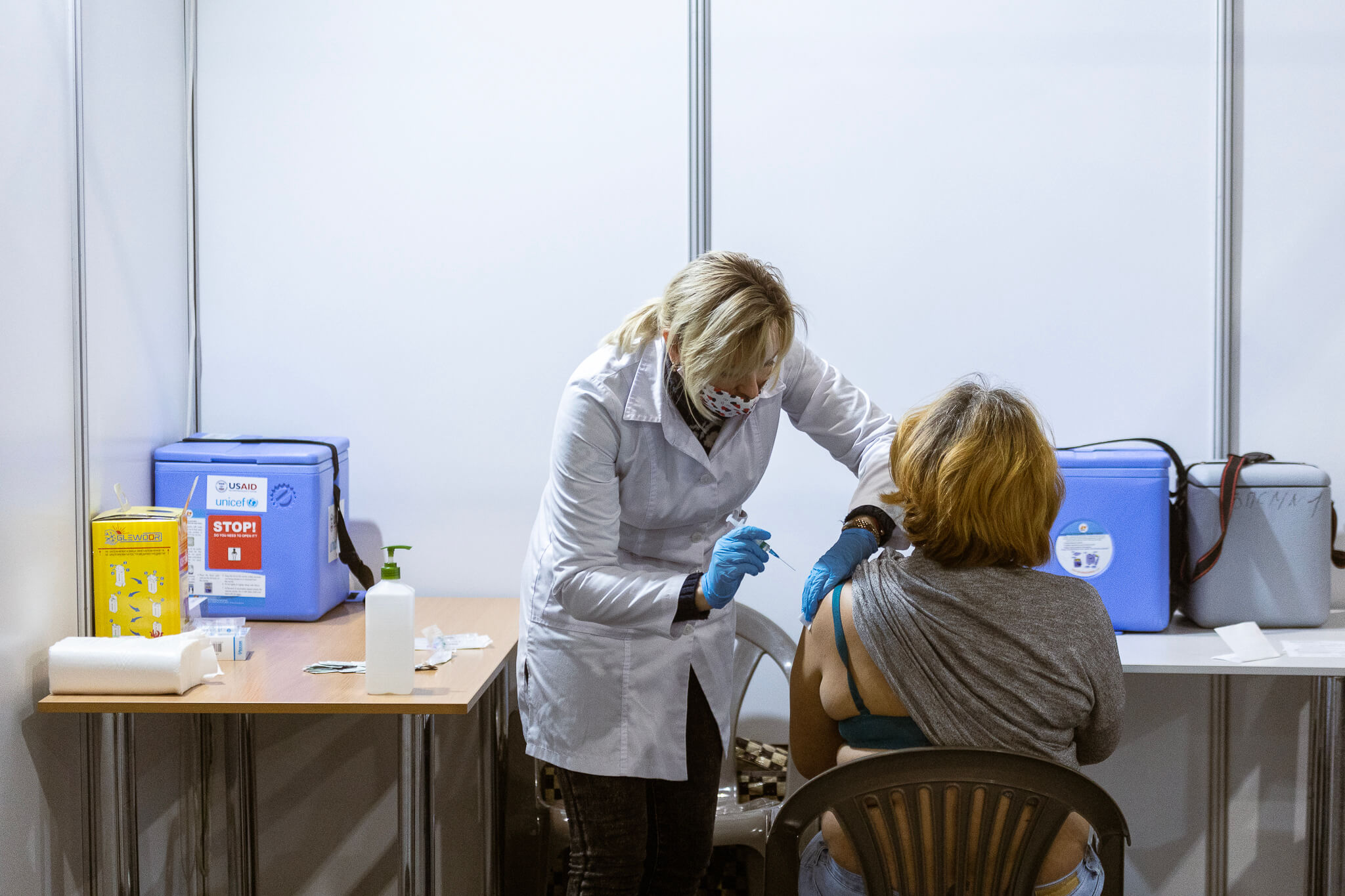
USAID-funded refrigerated boxes for vaccine storage during the COVID-19 pandemic in 2021. (Photo by Vladyslav Sodel)
The Impact of the Freeze
The effect of Trump’s executive order—and Musk’s attempts to dismantle the agency—is already being felt widely in Ukraine.
The Ukrainian veteran rehabilitation network Veteran Hub announced it was temporarily suspending operations of one of its offices and its hotline because of the USAID funding pause.
SavEd, a project that rebuilds education facilities in badly damaged villages near the front line, said it was halting some of its construction. SavEd also paused its contracts with tutors that worked with kids who didn’t have access to schools because of Russian attacks.
The Ukrainian outlet Suspilne reported that dozens of humanitarian projects were paused in Mykolaiv, a city regularly ravaged by Russian attacks. One of the affected organizations provided treatment to tuberculosis and HIV-infected patients. It was the only initiative of its kind in Mykolaiv region, and it has since reportedly paused its operations, leaving workers without salaries and patients at mortal risk.
In the city of Khmelnytskyi, where Russia has been attacking energy infrastructure, local officials said the infrastructure recovery slowed because of a pause in USAID funding.
Programs that USAID had planned to run in Ukraine in the next few years are aimed at polio immunization, tuberculosis and HIV treatment, energy security, rehabilitation, support for Ukrainian farmers, and dozens of other issues. The fate of these projects now hangs in the balance.
Ukrainian Media
One of USAID’s biggest successes was the transformation of Ukrainian journalism, but the aid freeze has put that success in jeopardy.
The Ukrainian media market has always been underfunded, oversaturated, and exhausted by crises, from the Russian invasion in 2014 to the coronavirus pandemic to the fractious politics of the country itself. Large media holdings were owned by oligarchs who used them to pursue political interests.
American money gave the Ukrainian media a breath of editorial independence, allowing them to keep the Ukrainian government accountable by investigating corruption.
“The media that are most dependent on grants are often those that adhere to standards, cover socially important topics, and refuse to engage in unethical and unscrupulous practices such as political PR, paid-for materials, and toxic advertising” Ukrainian media expert Otar Dovzhenko told Lawfare.
Dovzhenko says roughly 80 percent of Ukrainian outlets rely on grants, and more than half of those grants come, mostly indirectly, from American sources like USAID.
“These are the media that are not owned by politicians or businessmen with political ambitions and are developing as media, not as an instrument of influence…and they will be the first to close down or drastically reduce the quality of their content to save money,” Dovzhenko added.
Just weeks into the foreign aid pause, many famous outlets have already taken a hit.
Veterans of Ukraine’s anti-corruption reporting BIHUS.info and Slidstvo.info announced public fundraising campaigns, saying that USAID financed a substantial chunk of their operations. These outlets investigate corruption in the Ukrainian government and Russian war crimes.
Ukraïner, an outlet known for its country-wide expeditions and reporting in many languages, said it was scaling down its operations because of the USAID crisis.
“We will no longer be able to make the series of war reports…because they are very expensive to produce. To make them cheaper and stop traveling to the front line, we may have to significantly sacrifice quality,” Ukraïner’s founder Bohdan Logvynenko wrote in a Facebook post. He said the outlet carried out dozens of projects with help of foreign aid, including USAID.
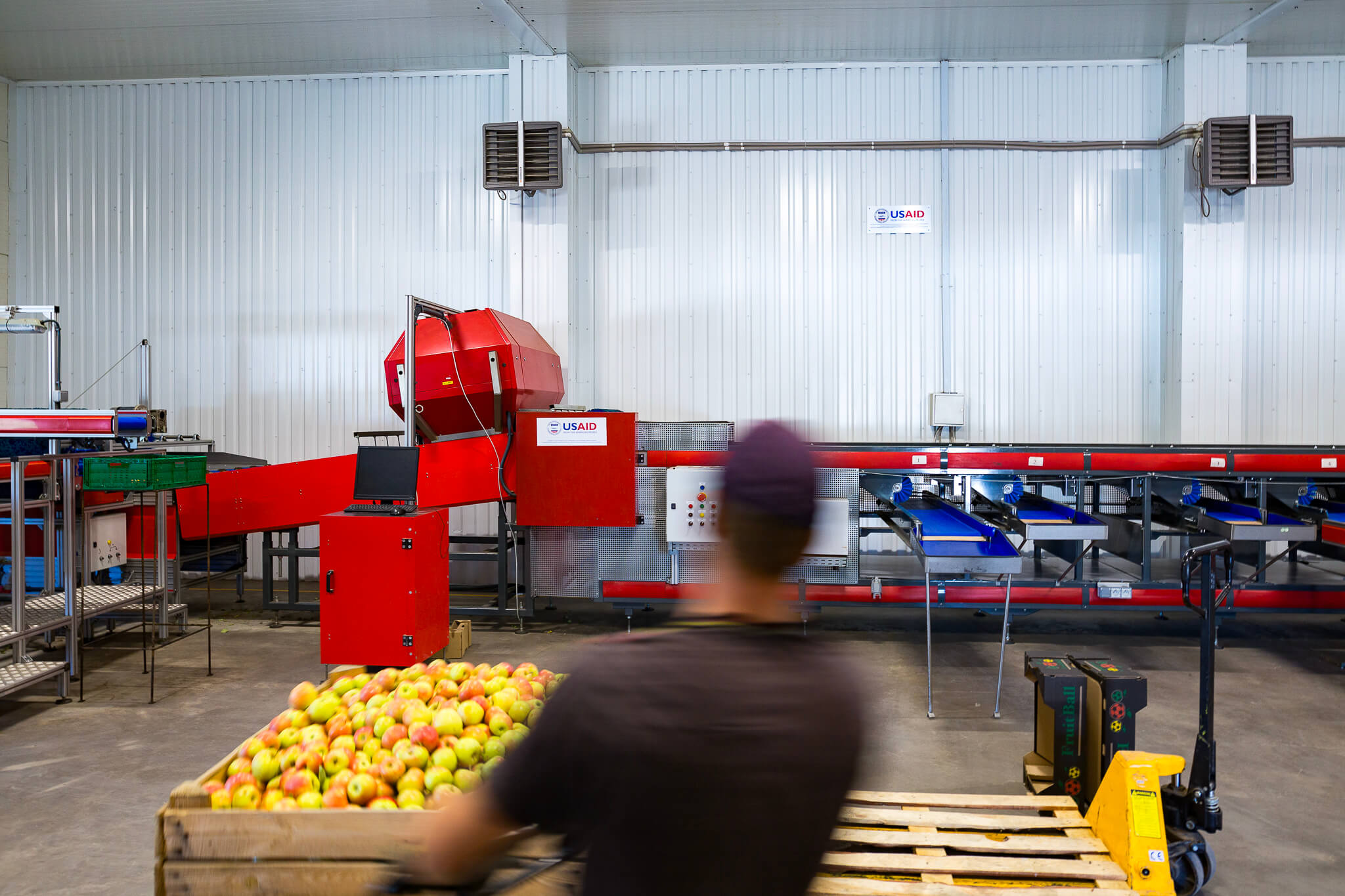
What’s Next?
When the early news of Trump’s foreign aid pause hit Ukraine, President Volodymyr Zelensky was shockingly dismissive.
"I know there are some restrictions…I don't know about it, I don't see this money,” Zelensky said during a press conference. The reaction caused a backlash among the civil society, given that USAID funded numerous Ukrainian ministries and even the mental health initiative of Zelensky’s wife, First lady Olena Zelenska.
“I am focused on military aid. It hasn’t stopped,” the President said.
After a public outcry, Zelensky ordered the cabinet to brief him on programs that were affected, saying the government will try to fund the most critical ones, like those related to children or veterans.
According to Ukraine’s Minister of Social Policy, the Ukrainian government has many agreements with European partners and institutions like the World Bank, so large state programs won’t be affected.
The fate of smaller initiatives remains unclear. “Organizations have already been forced to close at least for the duration of this 3-month pause,” said Ukrainian NGO management consultant Uliana Movchan. “Whether they will resume their work depends on the priorities of the United States.”
Secretary of State Marco Rubio announced that he is now the acting administrator of USAID, and the administration clearly seeks to merge the agency with the State Department and radically curtail much of its activity.
These ambitions are now under legal attack. As of this writing, a federal district judge is considering whether to issue a temporary restraining order against the spending freeze, a move that would provide some temporary relief. In the longer term the fate of these Ukrainian organizations depends on whether higher appellate courts will tolerate administration refusal to spend appropriated monies and whether Congress—in the face of the Trump administration’s desire to retreat from such activities—will continue to appropriate funds.
The future of a remarkable percentage of Ukrainian civil society and media depends on the answer to these questions.


